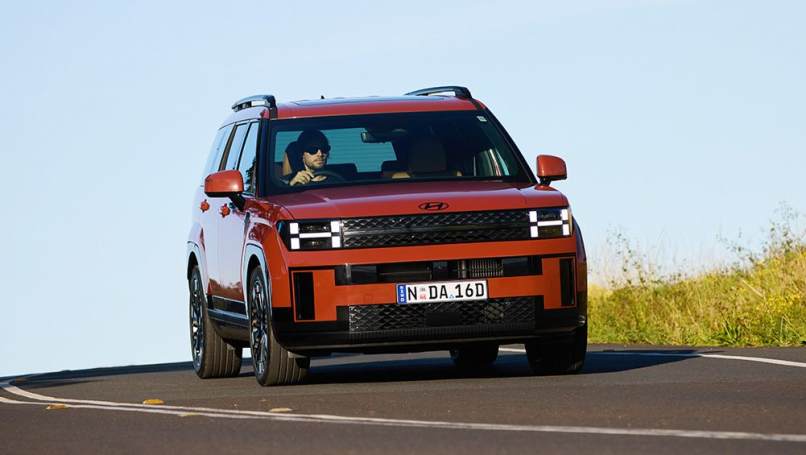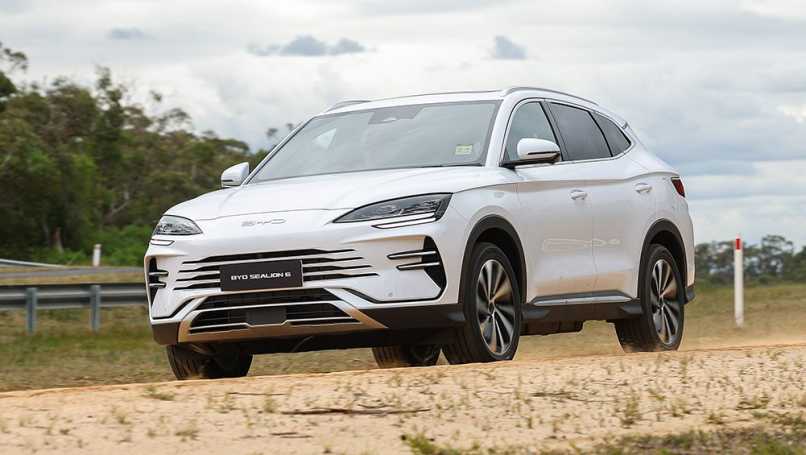
The new car sales winners of 2024: Toyota, Mitsubishi, Ford, BYD, Suzuki, GWM and more!
The Australian new car market is more competitive than ever before and the 2024...
Browse over 9,000 car reviews

In the fight between the internal combustion engine and electric vehicles a clear winner is emerging… both.
Hybrids are the biggest winners, with the combination of internal combustion and electric motors proving to be the increasingly preferred choice of both car makers and the car buying public, at least judging by the sales trends.
Looking at the new car sales data from the Federal Chamber of Automotive Industries, petrol-powered vehicles remain the biggest selling fuel type but it has actually suffered a 7.3 per cent sales decline in the first half of 2024. In contrast, sales of hybrids (HEVs) have risen by more than 113 per cent and sales of plug-in hybrids (PHEVs) have shot up nearly 130 per cent (albeit from a low base). Pure battery electric vehicles (EVs) are growing, but at a much slower rate, up just 16.5 per cent in the first six months of the year.
It shouldn’t come as a surprise that hybrids are growing in popularity though, with market-leader Toyota heavily investing in the technology for more than 20 years and helping it achieve mainstream acceptance. Now multiple other brands are jumping on the hybrid bandwagon - everyone from Hyundai to Ferrari.
While hybrid supercars may create headlines, the real key to the success of hybrids is the mainstream growth with brands such as Mazda, Hyundai, Kia, Nissan and more. Hybrid power is now available in a broad range of models, from compact hatchbacks, like the Toyota Corolla, all the way up to seven-seat SUVs, such as the Hyundai Santa Fe. This growing variety stretches across the luxury sector too, with brand's including Lexus, BMW and Range Rover - so there’s a hybrid to suit practically every taste and budget.
A major part of the appeal of hybrids is the lack of adjustment owners need to make, with no charging required you can drive them as you would an internal combustion vehicle and (in theory) enjoy reduced fuel economy.

PHEVs theoretically offer even better fuel economy, but only if owners are diligent about charging on a regular basis (typically daily) because without doing so you only end up dragging around extra weight for no real benefit.
Some have suggested that plug-ins are the worst of both worlds, providing neither the convenience of a hybrid nor the pure efficiency of an EV, but the newer PHEVs could change that.
The new BYD Sealion 6 has an EV-only range of more than 80km, which is a major improvement over early PHEVs which could typically only manage less than 50km.
Personally, I’ve begun to appreciate the new wave of hybrids as a great bridge between our internal combustion powered past and our (very likely) electric future. As I have written before, I enjoy petrol-powered cars and will miss them terribly when they’re gone but I believe that day is much further in the future than some panic merchants will try and convince you. While, at the same time, I enjoy the quiet effortless nature of electric vehicles and look forward to seeing that technology evolve, even if it is currently flawed at times and certainly too expensive for many.

Which is why I believe so many of you are making the switch to hybrids, it offers an affordable and easy way to save money on your fuel bill without having to change your lifestyle or behaviour.
The recently introduced New Vehicle Efficiency Standard (NVES) will only accelerate the growth of hybrids as they’ll be an easy transition for car makers that would alienate or out-price too many customers.
So whether you’re a die-hard petrol-head or an EV evangelist, the reality is the compromise between the two will be the likely mid-term future for Australia.
Comments